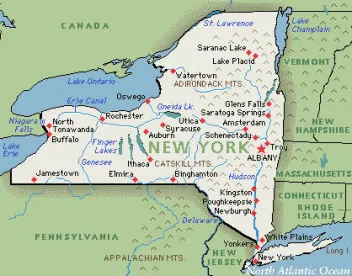The New York State Department of Labor released its anticipated airborne infectious disease standard and sample plan on July 6. Employers have until August 5, 2021 to adopt or create a plan to comply with the standard.
In May, New York Gov. Andrew Cuomo signed the HERO Act, which “sets a standard not just for COVID-19, but for all airborne infectious diseases.” The forward-looking law applies to all infectious diseases designated by the state health commissioner as highly contagious and presenting a serious risk of harm to public health. The Act applies to all employers with worksites located in New York, unless they are already covered by OSHA’s federal emergency temporary standard for COVID-19.
Pursuant to the Act, the state department of health published an airborne infectious disease standard and model exposure prevention plan. Both the standard and the plan are straightforward, and contain many of the same requirements that were common during COVID-19 – provisions related to physical distancing, hand washing, face masks, symptom screening and flexible working arrangements. They also contain robust anti-retaliation provisions that protect employees who voice concerns about infectious disease protocols or refuse to work if they reasonably believe, in good faith, that continued work exposes them to an unreasonable risk of exposure to a qualifying airborne infectious disease.
Employers have the option to adopt the state’s model plan or draft their own plan that applies with the requirements of the standard. Because of the relative simplicity of the sample plan and its user-friendly nature, most employers will adopt some version of it. If employers elect to create their own alternative plan, the standard requires them to consult and include their employees in the process.
Notably, employers are not required to implement their HERO Act plans immediately. COVID-19 is not currently designated by the New York state health commissioner as a highly contagious infectious disease presenting a serious risk of harm to the public health. So for now, employers are required to create their plans, but do not need to operate under them.
The regulations require employers to conduct a “verbal review” of their plan with employees, and suggest that review should happen once the plan is completed, regardless of infectious disease conditions. Employers must also post a copy of their plans at their worksites, and distribute copies to employees.





 />i
/>i
